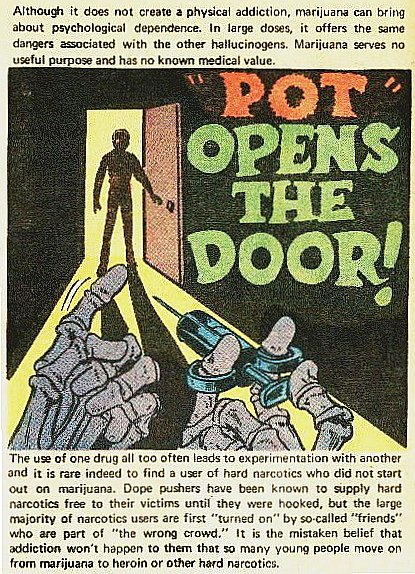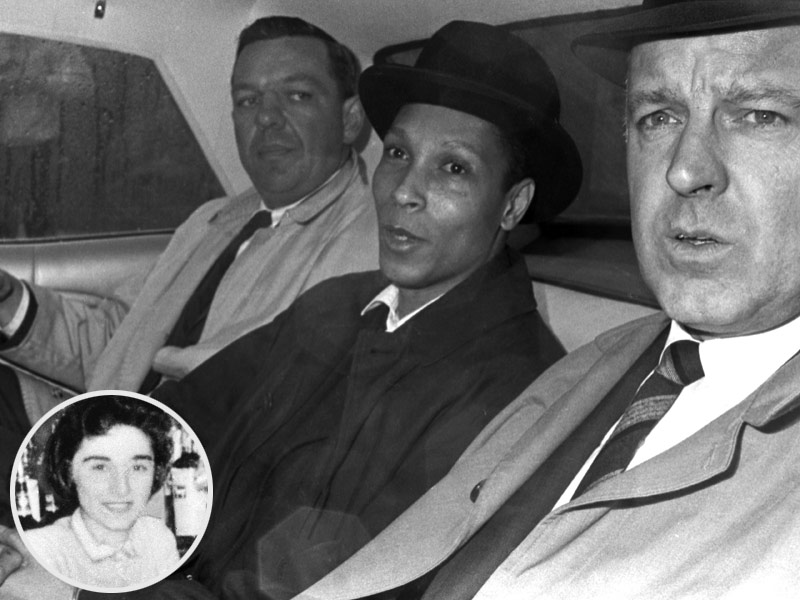Heaven, I'm in heaven
And my heart beats so that I can hardly speak
And I seem to find the happiness I seek
When we're out together dancing cheek to cheek
And my heart beats so that I can hardly speak
And I seem to find the happiness I seek
When we're out together dancing cheek to cheek
Yes, heaven, I'm in heaven
And the cares that hung around me through the week
Seem to vanish like a gambler's lucky streak
When we're out together dancing cheek to cheek
And the cares that hung around me through the week
Seem to vanish like a gambler's lucky streak
When we're out together dancing cheek to cheek
Oh I love to climb to mountain
And reach the highest peak
But it doesn't thrill me half as much
As dancing cheek to cheek
And reach the highest peak
But it doesn't thrill me half as much
As dancing cheek to cheek
Oh I love to go out fishing
In a river or a creek
But I don't enjoy it half as much
As dancing cheek to cheek
In a river or a creek
But I don't enjoy it half as much
As dancing cheek to cheek
Now mama dance with me
I want my arms about you
That charm about you
Will carry me through
I want my arms about you
That charm about you
Will carry me through
Yes, heaven, I'm in heaven
And my heart beats so that I can hardly speak
And I seem to find the happiness I seek
When we're out together dancing cheek to cheek
And my heart beats so that I can hardly speak
And I seem to find the happiness I seek
When we're out together dancing cheek to cheek
Take it Ella swing it
Heaven, I'm in heaven
And my heart beats so that I can hardly speak
And I seem to find the happiness I seek
When we're out together dancing cheek to cheek
And my heart beats so that I can hardly speak
And I seem to find the happiness I seek
When we're out together dancing cheek to cheek
Heaven, I'm in heaven
And the cares that hung around me through the week
Seem to vanish like a gambler's lucky streak
When we're out together dancing cheek to cheek
And the cares that hung around me through the week
Seem to vanish like a gambler's lucky streak
When we're out together dancing cheek to cheek
Oh I love to climb a mountain
And reach the highest peak
But it doesn't thrill me half as much
As dancing cheek to cheek
And reach the highest peak
But it doesn't thrill me half as much
As dancing cheek to cheek
Oh I love to go out fishing
In a river or a creek
But I don't enjoy it half as much
As dancing cheek to cheek
In a river or a creek
But I don't enjoy it half as much
As dancing cheek to cheek
Come on and dance with me
I want my arms about you
That charm about you
Will carry me through
I want my arms about you
That charm about you
Will carry me through
To heaven, I'm in heaven
And my heart beats so that I can hardly speak
And I seem to find the happiness I seek
When we're out together dancing cheek to cheek
And my heart beats so that I can hardly speak
And I seem to find the happiness I seek
When we're out together dancing cheek to cheek
Dance with me
I want my arms about you
That charm about you
Will carry me through
I want my arms about you
That charm about you
Will carry me through
To heaven (heaven), I'm in heaven (I'm in heaven)
And my heart beats so that I can hardly speak
And I seem to find the happiness I seek
When we're out together dancing cheek to cheek
And my heart beats so that I can hardly speak
And I seem to find the happiness I seek
When we're out together dancing cheek to cheek
Cheek to cheek
Cheek to cheek
Cheek to cheek
Songwriters
MARIA ANDERSSON, JOSEPHINE FORSMAN, JENNIE ASPLUND, JOHANNA ASPLUND
MARIA ANDERSSON, JOSEPHINE FORSMAN, JENNIE ASPLUND, JOHANNA ASPLUND

























